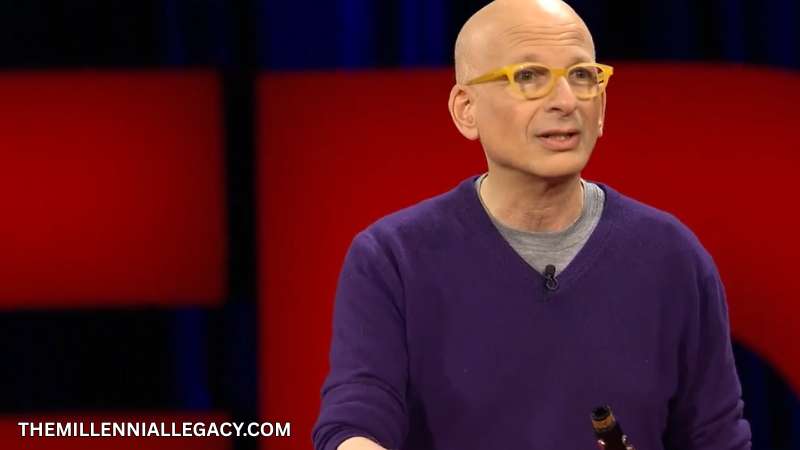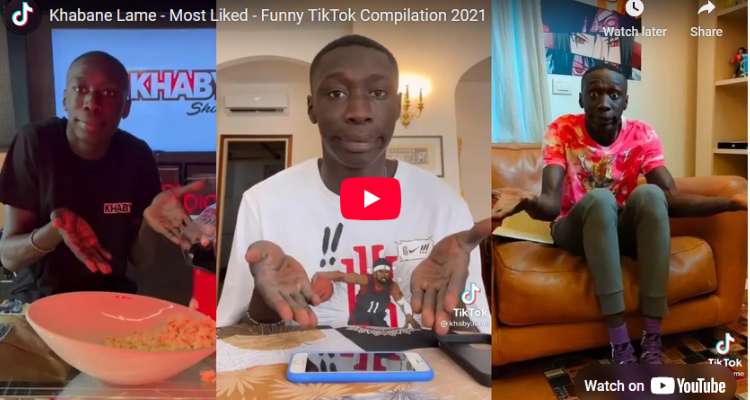If you still think TikTok is just for dance trends and Gen Z humor, think again. In 2025, it’s one of the most powerful platforms for financial education, with millions of users turning to 60-second videos for advice on budgeting, investing, and building generational wealth. And behind the app’s endless scroll lies a new wave of social media content creators—finfluencers—who are reshaping how younger audiences learn about money.
What’s particularly interesting is who these creators are. Almost all of them are Millennials—now in their late 20s to early 40s—old enough to have navigated real-world financial hurdles, yet young enough to speak fluently in TikTok’s fast-paced, informal style. They’re bridging the gap between experience and relevance, turning years of hard-earned lessons into content that clicks.
Their followers are often even younger. Gen Z, now between the ages of 13 and 28, makes up a huge share of the platform’s user base and is hungry for relatable, digestible advice. They want someone who understands what it means to graduate into a shaky economy or hustle in a gig-driven job market. And they’re finding that guidance not from textbooks—but from TikTok.
Some of these creators bring credentials, others bring charisma, but they all share one thing: the ability to turn complex financial concepts into bite-sized, binge-worthy content. Here’s a look at the top financial influencers on TikTok in 2025—and how they’re helping a new generation make sense of money.
1. Erika Kullberg (@erikakullberg) – 9M Followers

A former lawyer turned content powerhouse, Erika Kullberg , a 36-year-old Millennial is best known for her viral “Did you know?” videos that break down consumer rights, credit card fine print, and financial hacks. Her legal background adds authority, but it’s her delivery—calm, concise, and empowering—that keeps her audience hooked. For Millennials navigating adulthood’s financial pitfalls, Erika speaks their language: practical, protective, and smart.
2. Humphrey Yang (@humphreytalks) – 3.3M Followers

If you’ve ever wanted a financial concept explained using candy or cardboard cutouts, you’ve probably seen Humphrey Yang, a 36-year-old Millennial. He’s mastered the art of simplifying investing, taxes, and inflation in under a minute. As a Millennial who has lived through the 2008 crisis, the crypto boom, and post-pandemic inflation, Humphrey bridges generations—speaking to Gen Z with Millennial realism.
3. Tori Dunlap (@herfirst100k) – 2.4M Followers
Tori Dunlap, a 31-year-old Millennial doesn’t just talk money—she talks mission. With a platform built around financial feminism, her TikToks empower women to negotiate, invest, and break free from paycheck-to-paycheck cycles. Her perspective resonates especially with younger Millennials and older Gen Zs who value financial independence as a form of activism.
4. Caleb Hammer (@calebhammercomposer) – 2M Followers

Caleb Hammer, a 29-year-old Millennial brings the hard truth. Think of him as TikTok’s financial accountability coach—calling out bad spending habits and encouraging viewers to face their financial reality. His age puts him at the tail end of the Millennial spectrum, yet his tone and style click with Gen Z’s craving for authenticity over fluff.
5. Seth Godwin (@seth.godwin) – 1.8M Followers

Seth Godwin, a 35-year-old Millennial blends humor with real advice, offering a distinctly Millennial perspective on everything from credit scores to student loans. His content often goes viral thanks to its emotional resonance and Gen Z-friendly style, but it’s rooted in the lived experience of a generation burdened with debt and economic uncertainty.
6. Taylor Price (@pricelesstay) – 1.1M Followers
One of the youngest on this list, Taylor Price, a 25-year-old member of Gen Z represents the true Gen Z voice of personal finance. Her TikToks emphasize financial literacy, stock investing, and side hustles, all tailored to an audience that grew up during economic chaos. She makes finance aspirational without being out of reach.
7. Vivian Tu (@yourrichbff) – 1M Followers
Vivian Tu, a 31-year-old Millennial delivers sharp, confident, and refreshingly honest TikToks—fitting for someone who left Wall Street to become one of the most recognizable financial creators online. Her delivery is fast and savvy, echoing the style of her peers but with an insider’s edge. She bridges Millennial financial anxiety with Gen Z’s hunger for clear, actionable advice.
8. Steve Chen (@calltoleap) – 1M Followers
Steve Chen, a 35-year-old Millennial built his brand around his journey to financial freedom. A former engineer turned entrepreneur, he shares advice on side hustles, investing, and minimalist money habits. His Millennial mindset—shaped by recession, housing bubbles, and the gig economy—is embedded in every tip he gives.
9. Jasmine Taylor (@baddiesandbudgets) – 1M Followers
Jasmine Taylor, a 34-year-old Millennial made “cash stuffing” cool. Her budgeting method, rooted in old-school envelope systems, has sparked a viral movement among financially anxious Gen Zs and debt-conscious Millennials alike. Her story—from struggling with debt to building a business—is both relatable and aspirational.
10. Kenny (@kenny.finance) – 220K Followers
Though newer to the scene, Kenny, a 28-year-old on the Millennial–Gen Z cusp is quickly gaining traction for his no-nonsense videos on budgeting and wealth-building. As a Millennial speaking to a younger crowd, his mix of calm realism and motivational tone hits the right balance for those feeling overwhelmed by money.
More than just the messenger, the medium matters. TikTok’s short-form format has forced a shift from traditional financial education (think seminars and spreadsheets) to sharp, fast, and visual storytelling. This works especially well for younger viewers who might never read a finance blog—but will happily absorb 30 seconds of advice on saving $100 a week.
Finfluencers in 2025 aren’t just educators. They’re entertainers, therapists, big siblings, and reality-check machines all rolled into one. The best among them don’t just share tips—they teach mindset. And for generations who often feel left out of the financial system, that mindset shift can be everything.


